The First Agricultural Tractor Roll-Over Protection Structure (Rops) In The USA Resulted From Research By Lloyd H. Lamouria, Ralph R. Parks And Coby Lorensen At The Agricultural Engineering Department Of The University Of California At Davis. It Was Designed And Successfully Tested In The Summer Of 1956. It Was Exhibited And Reported At The Annual Meeting Of The Pacific Coast Section Of The American Society Of Agricultural Engineers (ASAE) In December 1956. Warren I. Hanson, Safety Coordinator, N.
1956
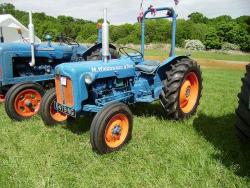
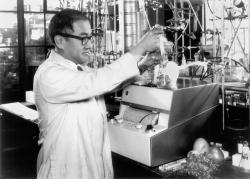
Flavor—encompassing both aroma and taste—provides the defining characteristic of how we experience food. Flavor has long been an enigma to scientists: Aristotle described two categories of taste, sweet and bitter. Today we recognize five basic tastes in food: sweetness, saltiness, sourness, bitterness and umami (savory). But what are the scientific components of flavor, and how can flavor be studied, quantified and replicated?
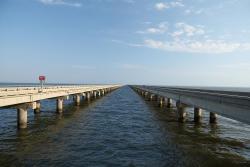
In the 1940s and 1950s, New Orleans experienced growth. Unfortunately, access from the north to the City continued to be limited by Lake Pontchartrain. Driving around the Lake was a time consuming effort. During this time period, a renewed interest developed to provide a direct connection across the center of the Lake to the north shore. As a result, the Greater New Orleans Expressway Commission was formed to build the Lake Pontchartrain Causeway Bridge. The original bridge (southbound) was opened on August 30, 1956.
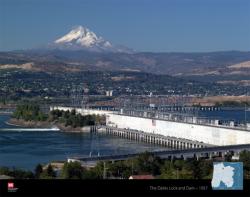
The Dalles Lock and Dam was one of the largest, most complete, and complex multipurpose projects of its kind in the United States at the time of its construction. It provided an example for future projects benefitting navigation, recreation, water for irrigation and hydropower, fish migration, and flood mitigation. The unusual "L" configuration of the project enabled reduced construction dewatering and created a permanent shallow stilling basin that aids fish passage.
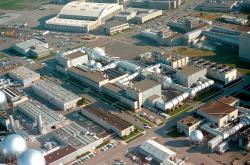
This wind tunnel complex was developed by the National Advisory Committee for Aeronautics (NASA's predecessor) to serve the emerging need for supersonic research and development following World War II. The three-testing-section configuration covers Mach number .03-3.5 and utilizes a single common drive and two compressors.
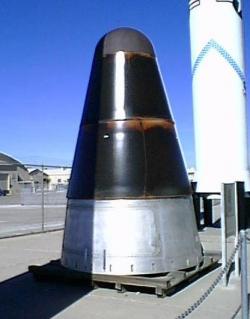
From 1956 to 1993, the GE Re-entry Systems facility was home to thousands of engineers and technicians who solved the problem of vehicles successfully reentering the Earth’s atmosphere. As described by aerospace pioneer Theodore Von Karman, “ Reentry… is perhaps the most difficult problem one can imagine.” Whether it was the first operational reentry vehicle for the Atlas ICBM, the recovery of the first man-made object from orbit, or the first probe to enter Jupiter’s atmosphere, some of the most significant milestones in aerospace were accomplished by those working in this facility.
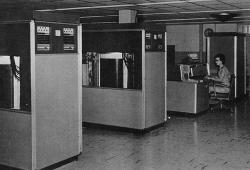
The IBM 350 disk drive storage development led to the breakthrough of on-line computer systems by providing the first storage device with random access to large volumes of data. Since its introduction on September 4, 1956, it has become the primary computer bulk-storage medium, displacing punched cards and magnetic tapes and making possible the use of the computer in such areas as airline reservations, automated banking, medical diagnosis, and space flights.
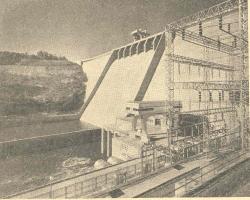
The integration of pump and turbine was the first of many to be installed in power-plant systems in the United States. It was the largest and most powerful in the world. As a "pump storage" unit in the Tennessee Valley Authority's system, it effected significant economies in the generation of electrical energy. The unit was designed by engineers of the Tennessee Valley Authority and the Allis-Chalmers Company. It was built by Allis-Chalmers.
Innovations
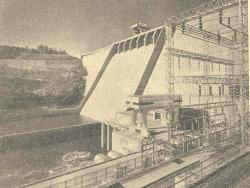
The integration of pump and turbine was the first of many to be installed in power-plant systems in the United States. It was the largest and most powerful in the world. As a "pump storage" unit in the Tennessee Valley Authority's system, it effected significant economies in the generation of…
Read More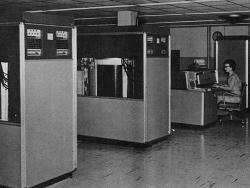
The IBM 350 disk drive storage development led to the breakthrough of on-line computer systems by providing the first storage device with random access to large volumes of data. Since its introduction on September 4, 1956, it has become the primary computer bulk-storage medium, displacing…
Read More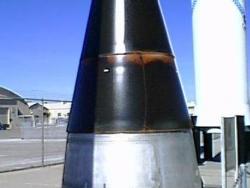
From 1956 to 1993, the GE Re-entry Systems facility was home to thousands of engineers and technicians who solved the problem of vehicles successfully reentering the Earth’s atmosphere. As described by aerospace pioneer Theodore Von Karman, “ Reentry… is perhaps the most difficult problem one…
Read More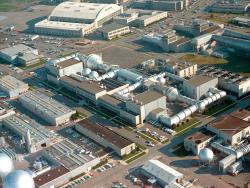
This wind tunnel complex was developed by the National Advisory Committee for Aeronautics (NASA's predecessor) to serve the emerging need for supersonic research and development following World War II. The three-testing-section configuration covers Mach number .03-3.5 and utilizes a single…
Read More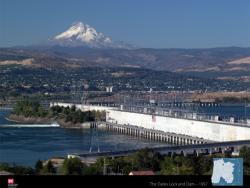
The Dalles Lock and Dam was one of the largest, most complete, and complex multipurpose projects of its kind in the United States at the time of its construction. It provided an example for future projects benefitting navigation, recreation, water for irrigation and hydropower, fish migration,…
Read More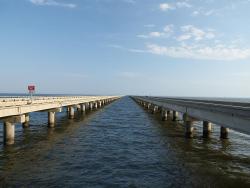
In the 1940s and 1950s, New Orleans experienced growth. Unfortunately, access from the north to the City continued to be limited by Lake Pontchartrain. Driving around the Lake was a time consuming effort. During this time period, a renewed interest developed to provide a direct connection across…
Read More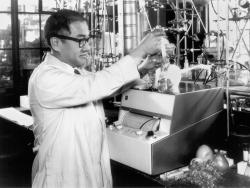
Flavor—encompassing both aroma and taste—provides the defining characteristic of how we experience food. Flavor has long been an enigma to scientists: Aristotle described two categories of taste, sweet and bitter. Today we recognize five basic tastes in food: sweetness, saltiness, sourness,…
Read More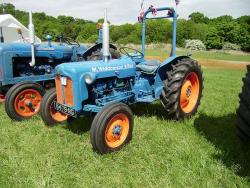
The First Agricultural Tractor Roll-Over Protection Structure (Rops) In The USA Resulted From Research By Lloyd H. Lamouria, Ralph R. Parks And Coby Lorensen At The Agricultural Engineering Department Of The University Of California At Davis. It Was Designed And Successfully Tested In The…
Read More

